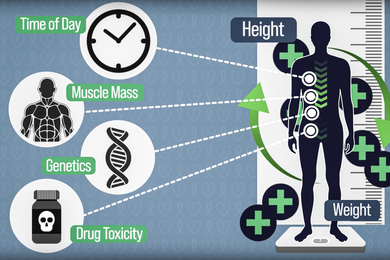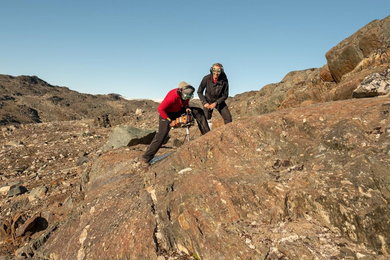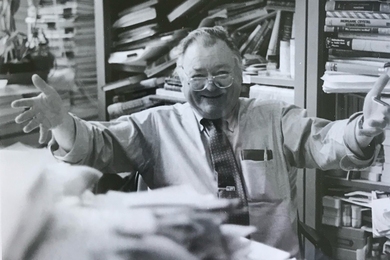WTC COLLAPSE
An MIT professor and graduate student have penned the cover story for the December 2001 issue of the Journal of Metals. The title: "Why Did the World Trade Center Collapse? Science, Engineering, and Speculation."
Professor Thomas Eagar and Christopher Musso wrote that "there is widespread speculation" about why the buildings collapsed so suddenly. In their article, they try to "separate the fact from the fiction" with respect to the catastrophe by discussing three major events involved: the airplane impact, the ensuing fire, and the collapse itself.
"The fire is the most misunderstood part of the WTC collapse," Eager and Musso wrote. "Even today, the media report (and many scientists believe) that the steel melted. It is argued that the jet fuel burns very hot, especially with so much [of it] present. This is not true."
The two explained their reasoning with a primer on combustion science and the fact that "people (including engineers) often confuse temperature and heat." They also debunked some reports that "the aluminum from the plane ignited, creating very high temperatures." Among other things, "such a flame would be white-hot, like a giant sparkler. There was no evidence of such ... ignition, which would have been visible even through the dense soot."
The authors wrote that although the steel did not melt, it did lose "at least half its strength" and then deformed. This "weakening and deformation caused a few floors to fall, while the weight of the stories above them crushed the floors below, initiating a domino collapse."
They stressed that the structure "was not defectively designed. No designer of the WTC anticipated, nor should have anticipated, a [huge] Molotov cocktail on one of the building floors."
Eagar is in the Department of Materials Science and Engineering; Musso is in the Sloan School of Management.
CLIPS AND QUOTES
"Software tools allow elements of a person's speech to be glued together to put words in the mouth--but such a doctored recording would not sound natural to an expert listener."--Professor Kenneth Stevens in a Dec. 16 New York Times story about how hard it would have been to fake the recently released tape of Osama bin Laden.
Stevens is a principal investigator in the Research Lab of Electronics' Speech Communication Group.
A version of this article appeared in MIT Tech Talk on December 19, 2001.





